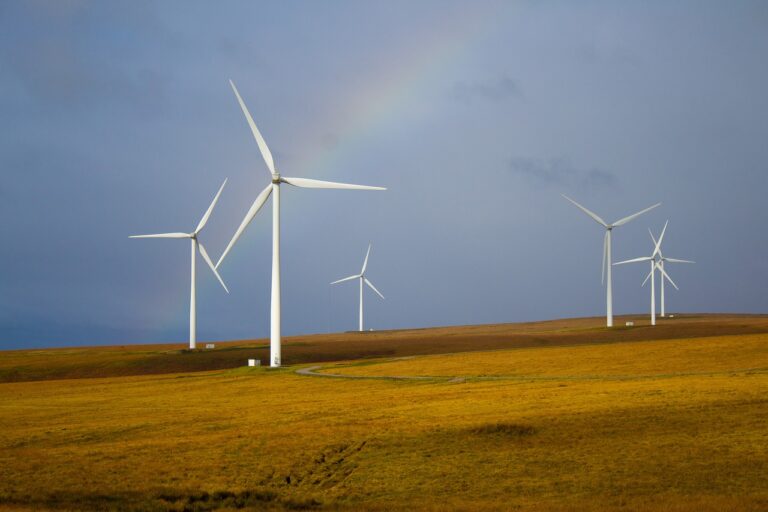Knowing the pros and cons of wind power is important to understand the potential of this clean energy source. Wind power is one of the most efficient and widely used in the renewables sector. Exploiting wind to generate green electricity provides considerable environmental benefits to reduce greenhouse gas emissions and combat climate change.
However, it is necessary to analyse the limitations and prospects of this technology. This, considering the entire ecological footprint of wind power infrastructure in large-scale electricity production.
Table of Contents
The advantages and disadvantages of wind power
Let us find out what the advantages and disadvantages of wind energy are. In this way, we can see if it really can contribute to sustainable development.
The advantages of wind energy
The use of wind energy has numerous advantages in environmental terms. From mini wind farms to large offshore installations, this technology is driving the spread of green energy around the world.
- renewable energy source: wind is a 100% renewable and virtually infinite source of energy. Overall, it is the sustainable energy source par excellence at the moment;
- low environmental footprint: wind power has a low environmental footprint. In fact, turbines are installed far from inhabited areas and even in the middle of the sea. Land occupation is rather low, and the space underneath can be used for agricultural and pastoral activities;
- complete absence of harmful emissions: a wind power plant emits no CO2 and no pollution to water, soil or air;
- reliable and mature technology: wind power is a mature technology, both in stand-alone applications and in grid-connected systems such as wind farms. Similarly, it is also a competitive solution from an economic point of view. In fact, it has relatively low generation prices when compared to the production costs of other renewable and non-renewable sources;
- versatile energy solution: innovation in the green energy sector makes it possible to take advantage of new, cutting-edge wind energy technologies. In addition to mega wind turbines, dedicated solutions are available for small-scale energy production and self-consumption. For example, mini- and micro-wind power, which are especially suitable for certain contexts such as remote areas and industrial plants;
- high integration capacity: wind turbines often integrates other renewable energy technologies. The synergy between the different sustainable energies makes it possible to solve certain critical issues. For example, generating electricity even in winter and on cloudy days, thus increasingly reducing dependence on fossil fuel;
- low operating and maintenance costs: compared to photovoltaic systems, wind power systems require less maintenance. They need simplified and less frequent operation even compared to thermal power plants. The new generation turbines are able to guarantee high standards of reliability, with important benefits in keeping operating costs down;
- predictable yields: the installation of a wind farm is carried out where the system can offer the best performance. There are no particular risks or inconveniences, in fact correct planning is enough to realise investments with a guaranteed return.
The disadvantages of wind energy
Like all energy sources, wind energy also has certain disadvantages. This, mostly related to environmental impact, high initial costs and the noise of wind turbines:
- noise pollution: large turbines cannot be installed less than 500 metres from built-up areas. The reason is that the noise of the wind turbines could disturb citizens. For this reason, the choice of installation site is always subject to careful study;
- landscape impact: it is undeniable that the wind turbines of large wind farms cause a certain visual impact. Of course, this is also a process of adaptation. In fact, local communities are increasingly accepting the installation of wind turbines;
- high initial costs: although the initial investment has fallen compared to 10 years ago, the construction of a wind farm requires a considerable outlay. The payback of the investment takes place over the long term.
Which countries are leader in wind energy production
Wind energy is a renewable source now widespread in many countries. As confirmed by data from the Global Wind Energy Council, wind power can reduce annual CO2 emissions by 1.1 billion tonnes.
Globally, the leading countries in the sector are China and the United States. Alone they produce half of the world’s wind power.












